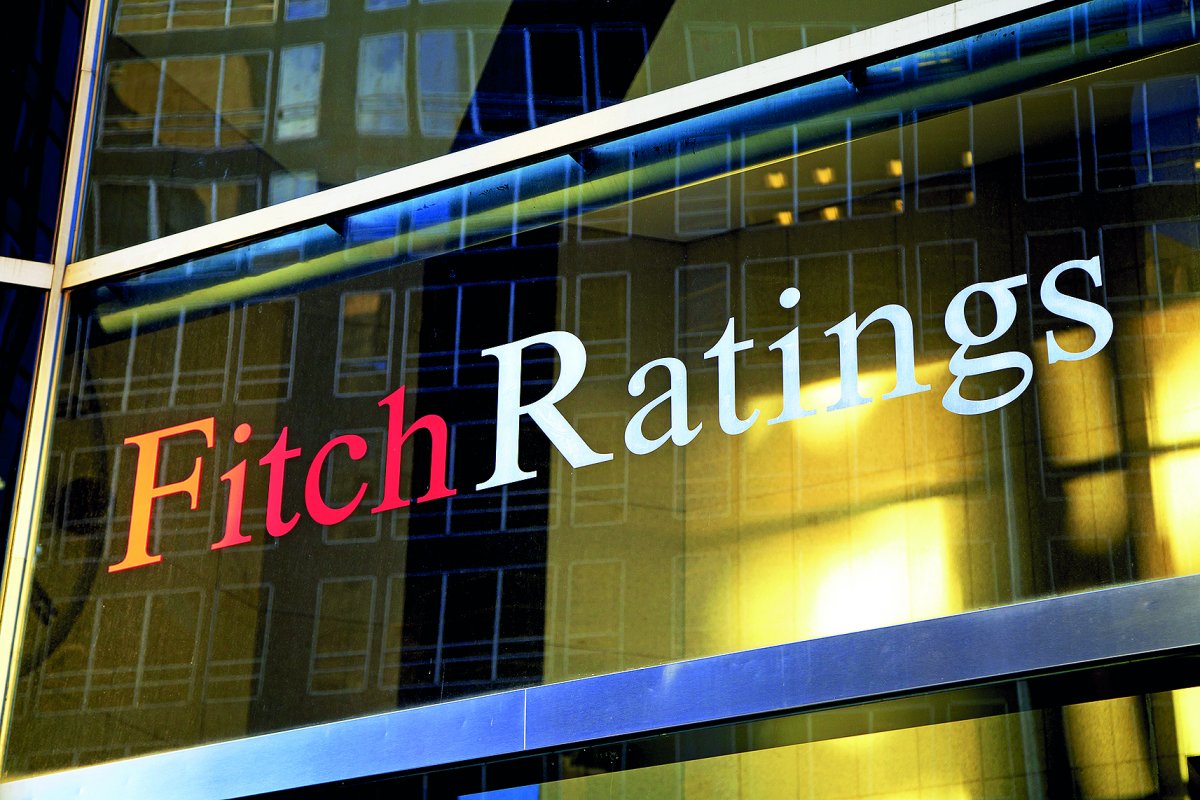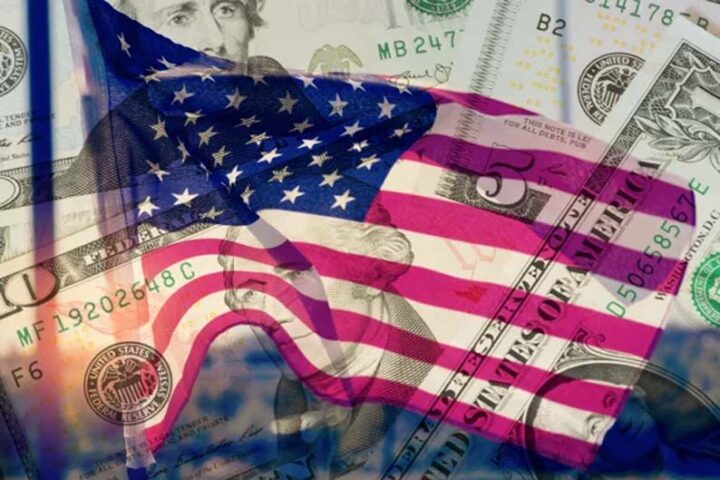By Edward Moya
US stocks are getting hit with a one-two punch on the Fitch US sovereign downgrade overnight and expectations the US Treasury will continue to boost the size of their debt sales.
Earnings are still coming mostly better than expected, but the major indexes don’t seem to have anything left in the tank to take Wall Street back to record highs.
The US credit rating downgrade should not have been a surprise for investors following Fitch’s comments, but the timing surely caught everyone off guard. The Japanese yen initially benefited the most, but eventually the dollar steadied as safe-haven flows broadened.
Wall Street can’t ignore what is happening with fixed income as Treasury yields surge after the Treasury had to increase the size of their planned quarterly sale of longer-term debt for the first time in over 2 ½ years.
Equity traders are using this surge in yields and some nervousness ahead of Apple and Amazon’s earnings as an opportunity to lock in some profits.
The next 48 hours will be key for risk appetite as earnings and the NFP report might sway markets in thinking we might need to see more Fed tightening.
US Data
Private sector hiring looks like it doesn’t want to cool. The ADP private payrolls reported 324,000 jobs were added to the private sector, much higher than the 190,000-consensus estimate.
Wall Street typically shrugs off the ADP report, especially considering we have only seen a year of its reporting with their new methodology.
This is still an impressive print and should support the Fed hawks’ argument that the labour market is still tight and that they might not yet be done with raising rates.
Oil
Crude prices tried paring losses after the EIA report showed inventories posted a record draw of 17 mln barrels. The oil market just got even tighter as inventories are at the lowest levels since 1985.
Tuesday night’s API report posted a hefty draw and AlphaBBL reported a sizable draw with Cushing stockpiles, so many energy traders expected a big drop with stockpiles and solid demand stats.
A strong dollar is getting in oil’s way, but that should only lead to limited downside given how good both the supply and demand fundamentals have become.
The bullish signs include US crude exports are rising and crude oil and distillate demand is rising. The bearish signs are that gasoline demand seems to have peaked with higher prices at the pump.
WTI crude’s decline below the $80 level should be short-lived, but if momentum selling kicks in, prices could test the $77 region.
Gold
Gold prices are falling as the dollar steals all the safe-haven flows that stemmed from the US sovereign downgrade and as Treasury yields surge on rising debt sale expectations.
The gold market is going to struggle as long as re-steepening of the US curve continues. The VIX is rising and it seems Wall Street is getting nervous here.
Gold will eventually act like a safe-haven as stocks remain vulnerable given rising downbeat outlooks and as the UAW labour strike risks grow following the ambitious demands provided by the UAW president.
Bitcoin
Bitcoin is wavering above $29,000 as traders await any updates with a US spot Bitcoin ETF.
We’ve seen this movie before… Michael Saylor is adding Bitcoin to MicroStrategy’s portfolio. Fresh money has not yet been coming into the cryptoverse, so range trading might remain a while longer.
Edward Moya is Senior Market Analyst, The Americas at OANDA
Opinions are the author’s, not necessarily that of OANDA Global Corporation or any of its affiliates, subsidiaries, officers or directors. Leveraged trading is high risk and not suitable for all. Losses can exceed investments.







